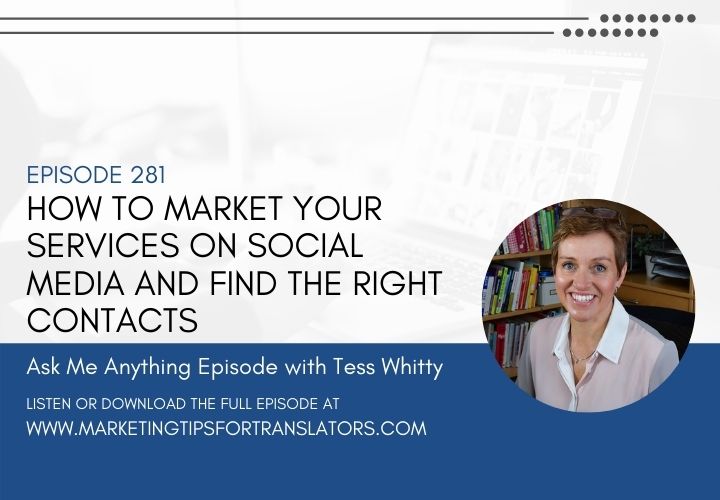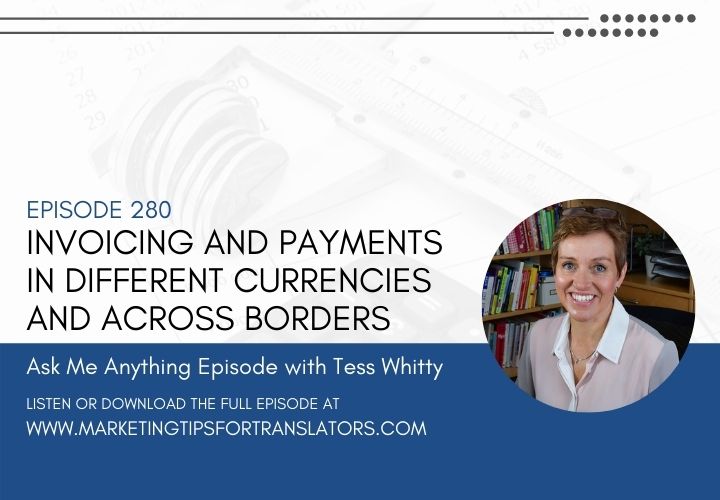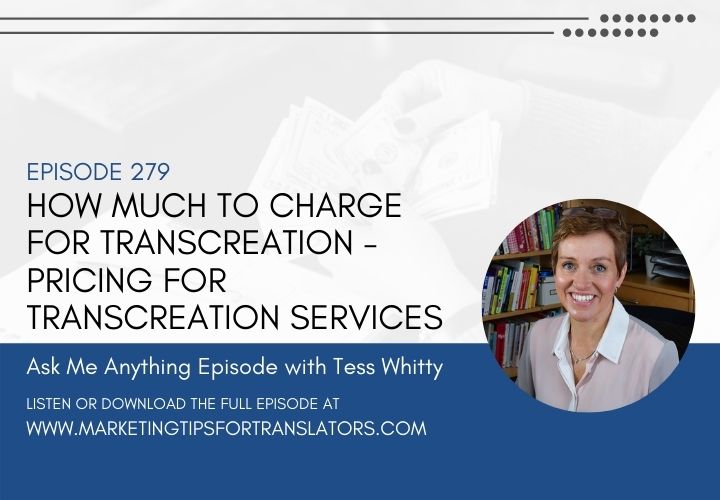
Episode 115: SEO and website optimization for freelancers – Interview with Melanie Di-Costanzo
01/02/2017
Episode 117: WordFinder as a productivity tool for translators – Interview with Ola Persson
01/16/2017This is another solo-episode where I am answering your questions. I have received questions on how to write a good CV or personal profile, and how to write a good cover letter or email. If you are struggling to win new business from translation agencies you should review your CV. This is the first contact a prospect has with you and it needs to convince people to consider you. Not only that, it needs to stand out among hundreds of other CVs that project managers receive each day.
A resume is usually accompanied by a cover letter or email. Here I am also covering some tips on what to include and not include in this first written communication.
Useful things mentioned in this episode:
- Steps for creating your CV/resume
- Things to always include in your CV/resume
- The purpose of a translator CV/resume
- What to include in your cover letter/email
- What NOT to include in cover letters/emails
Useful links related to this episode:
- Resume/CV writing tips for freelance translators – when to use a resume/CV or what we can use instead
- Episode 002 – CV’s for translators – interview with Marta Stelmaszak
- Episode 016 – Avoiding CV scams as a freelance translator – Interview with Irene Elmerot
- Episode 74: Effective cover letters and email communications for translators – Interview with Anastasia Kozhukhova
The most important tip when you are applying to translation companies is to not send out mass emails using a database. Take the time to research the company, use their preferred application method to increase the chances of your email actually getting read. The purpose of the email is to briefly present who you are and what you can do. It should be a compelling introduction that gets them to open up the PDF, or click on your LinkedIn profile or website link. Remember, you only have a few seconds to win their attention, so use them wisely.
This podcast is sponsored by:
Wordfinder.com – The Words you want, anytime. Go to Wordfinder.com for a free 30 day trial!
![]() SDL Trados Studio 2017 is here – designed to make the difference. The latest version of the world’s #1 translation environment includes AdaptiveMT, a self-learning machine translation engine which adapts to a translator’s style, content and terminology and upLIFT technology, which introduces matching based on fragments, meaning translators can get more matches from their translation memory than ever before. Find out what’s new in SDL Trados Studio 2017 at www.translationzone.com.
SDL Trados Studio 2017 is here – designed to make the difference. The latest version of the world’s #1 translation environment includes AdaptiveMT, a self-learning machine translation engine which adapts to a translator’s style, content and terminology and upLIFT technology, which introduces matching based on fragments, meaning translators can get more matches from their translation memory than ever before. Find out what’s new in SDL Trados Studio 2017 at www.translationzone.com.
Podcast: Play in new window | Download






5 Comments
Thanks for the generosity. Much appreciated.
Are there some good sample translator resumes or CVs you could share? Thanks
For privacy reasons I cannot share any samples here, but you can google “sample translator resume” to get some idea. In my marketing course I do share a template and talk about the content though and I frequently coach translators on their resumes.
Tess – thank you for this. This is my first experience of your site, and I am so impressed that you devote such time and care to helping other translators, and I really enjoy your informal, informative style. Now to my point: I would love to be able to say “I have done x000 words per week for three years/I have xxx clients/I have these references … but I am just starting. Literally. I have not done my first professional job. I retired early from a happy and successful 22 -year career as an international tax specialist in order to pursue my passion for Russian and to re-train as a translator. I have CIOL qualifications in Russian, a Cambridge degree in Classics, some samples of work undertaken on voluntary or other bases (but not paid-for professional projects), and long business/consultancy/tax experience, but no clients, no track record as a professional translator, and no CAT tools. Do you anywhere address the issue of the absolute beginner? Many thanks!
Hi Richard,
Thank you for reaching out. You can look at the resources and links I have on my “Start Here” page, and you can also email me for more information. A great resource is also Corinne McKay’s book and class on getting started as a freelance translator. You can find out more about the course and book at http://www.thoughtsontranslation.com.